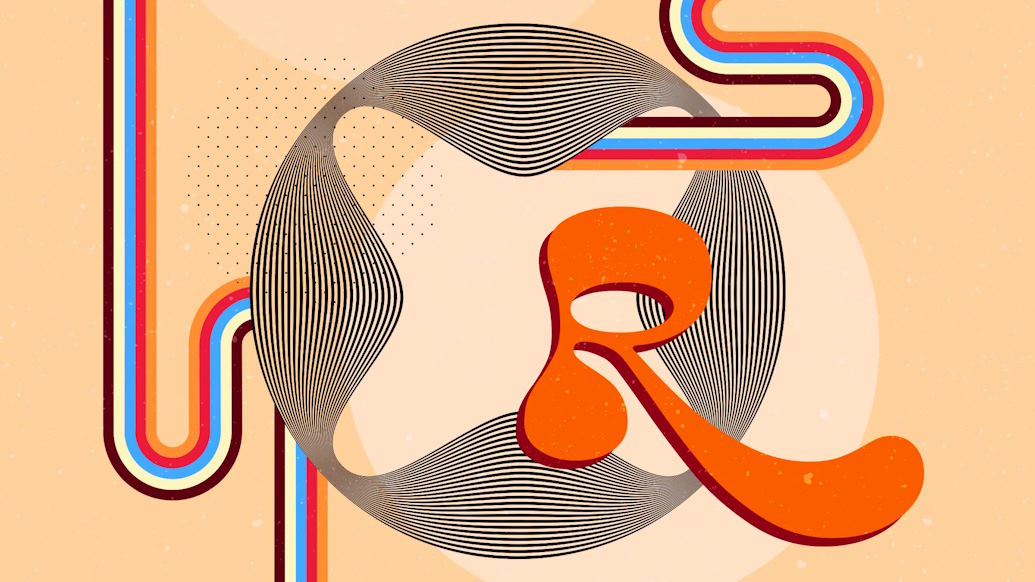As we navigate through the corridors of design evolution, it becomes increasingly evident that culture is a silent but powerful orchestrator of trends. The interplay between cultural nuances and design choices is a fascinating realm that encapsulates the essence of societies, traditions, and human experiences.
Cultural Elements Shaping Design
Color palettes influenced by cultural symbolism:
Colors speak a language of their own, and within the realm of design, they often echo the cultural stories embedded in societies. From the vibrant reds symbolizing luck and prosperity in Chinese culture to the calming blues reflecting the Mediterranean lifestyle, color palettes are more than just a visual choice; they are carriers of cultural symbolism. Designers draw inspiration from the rich tapestry of traditions, infusing spaces with hues that carry emotional depth and historical significance, creating an immersive experience that resonates with cultural values.
Cultural motifs and patterns in design:
The intricate tapestry of cultural motifs and patterns weaves narratives of identity and heritage into the fabric of design. Whether it’s the geometric shapes of Islamic art, the floral patterns of Indian textiles, or the tribal motifs of African design, these elements serve as visual markers, telling stories of origin and tradition. Incorporating cultural motifs into design not only adds aesthetic richness but fosters a sense of connection and understanding, creating spaces that transcend mere functionality to become expressions of cultural identity.

Cultural preferences impacting materials and textures in design:
Materials and textures in design are more than just tactile experiences; they are reflections of cultural preferences and historical contexts. From the warm and rustic textures favored in Scandinavian design to the intricate woodwork of Japanese interiors, cultural influences shape the choices of materials, dictating not only aesthetics but also the sensory experience of a space. By embracing and adapting traditional materials, designers create environments that are not only visually appealing but also resonate with the cultural ethos, forging a harmonious balance between the contemporary and the traditional.
Globalization and Fusion in Design
Impact of cross-cultural interactions on design trends:
In our interconnected world, where borders blur and cultures converge, design trends are no longer confined by geographical boundaries. Cross-cultural interactions play a pivotal role in shaping the trajectory of design, fostering a dynamic exchange of ideas and influences. From the fusion of Eastern and Western aesthetics to the integration of traditional craftsmanship with modern technologies, the impact of cross-cultural interactions resonates in the diverse tapestry of contemporary design trends.
Hybrid designs and the blending of cultural elements:
The era of globalization has given rise to a design landscape marked by hybridity, where diverse cultural elements seamlessly merge to create a new visual language. Hybrid designs transcend conventional categorizations, embracing the eclectic interplay of styles, materials, and motifs. This fusion not only reflects the multicultural nature of our global society but also challenges traditional design norms, giving rise to innovative and inclusive aesthetics that draw from the best of various cultural traditions.

Cultural Diversity in Design Industries
Recognition and celebration of diverse design perspectives:
Embracing cultural diversity in design is not just a trend; it’s a transformative shift towards a more inclusive and enriched creative landscape. Recognizing and celebrating diverse design perspectives brings a kaleidoscope of ideas, aesthetics, and approaches to the forefront. From indigenous art forms to contemporary expressions of identity, the infusion of diverse perspectives not only broadens the visual language of design but also fosters a deeper understanding and appreciation for the richness of global cultures.
Representation and inclusivity in design trends:
In a world that thrives on diversity, design trends are increasingly acknowledging the importance of representation and inclusivity. Design is not just about aesthetics; it’s a powerful tool for storytelling and self-expression. By incorporating diverse cultural elements, designers contribute to a visual dialogue that resonates with people from different backgrounds. Inclusivity in design trends not only reflects the global nature of our society but also creates spaces and products that speak to a broad audience, fostering a sense of connection and belonging.

